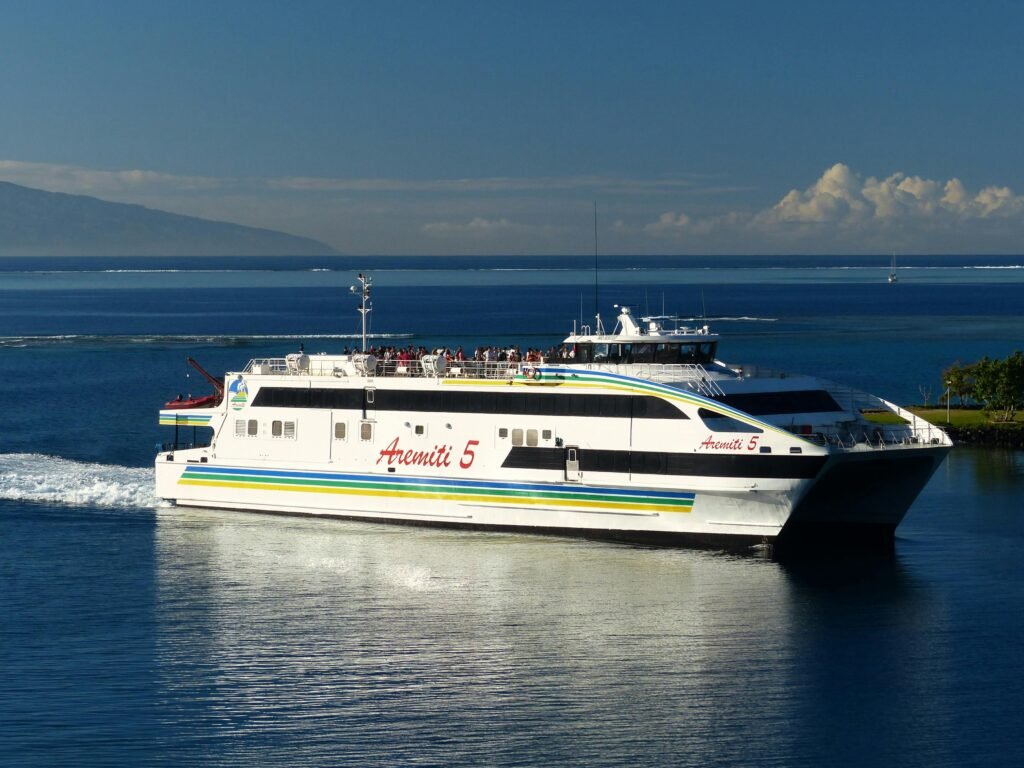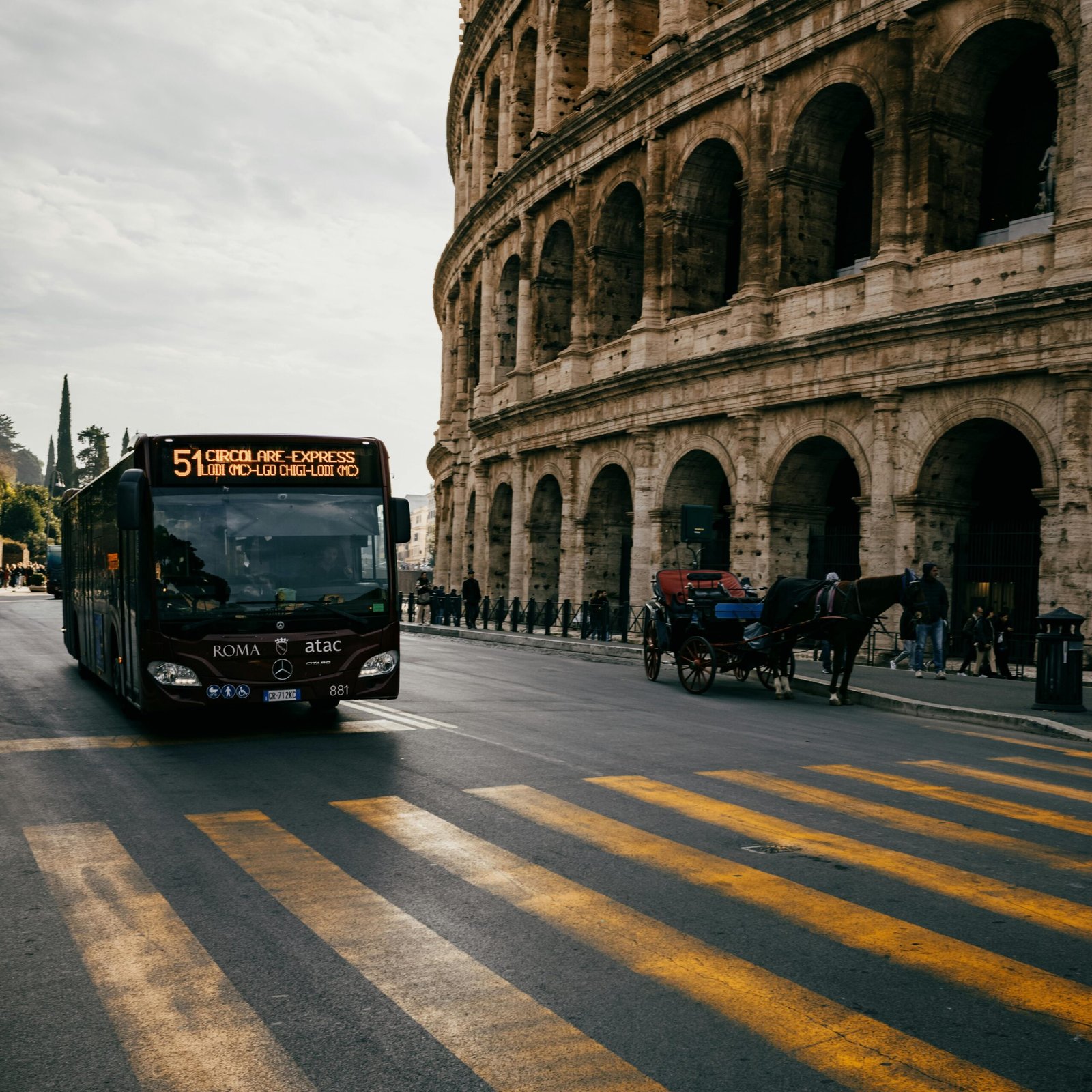The journey from Naples to the Amalfi Coast can be as memorable as the destination itself, but choosing the wrong transportation option could leave you stressed, delayed, or significantly lighter in the wallet.
Having made this trip countless times over the years (and made plenty of rookie mistakes along the way!), I’ve put together this comprehensive guide comparing ALL your transportation options, along with some top things to do in Naples before you go.
Whether you’re a budget backpacker, a family with mountains of luggage, or a luxury traveler seeking convenience, I’ve got you covered!
By the end of this article, you’ll know exactly which Naples to Amalfi Coast transportation option is perfect for YOUR specific travel needs in 2025!
Ferry Services from Naples to the Amalfi Coast

Along the Amalfi Coast, the main ports are:
- Positano
- Amalfi
- Minori
- Maiori
Oh man, taking the ferry from Naples to the Amalfi Coast was honestly one of my favorite travel experiences EVER!
Here’s what you need to know about ferry services in 2025 from Naples to Amalfi coast.
The journey from Naples to Amalfi coast takes approximately 1.5-2 hours depending on your destination and sea conditions. And Naples to Amalfi ferry rental cost starts from €28-50€.
I’ve found booking tickets online about 2-3 days in advance gives you both security and flexibility.
However, if you’re traveling during July or August, book at least a week ahead because seats genuinely do sell out!
There are some Ferry companies operating Naples to Amalfi journey; NLG (Navigazione Libera del Golfo), Alilauro, Travelmar (primarily between Salerno and Amalfi Coast towns)
Transfer Points
In Naples, ferries to the Amalfi Coast typically depart from:
- Molo Beverello: The main port for high-speed ferries
- Calata Porta di Massa: Sometimes used for larger vessels
Luggage Policies
Most ferry companies allow one large suitcase per passenger included in the ticket price.
Additional luggage is permitted for a fee, typically ranging from €2 to €5 per piece.
There are no formal weight restrictions, but space can be limited. Luggage is typically stored in designated areas at the boarding area of the ferry.
On smaller boats, it might be piled in a central area, while larger vessels have more organized storage sections.
Bus Transportation: SITA Services and Routes

Let me tell you about my love-hate relationship with the SITA buses! They’re definitely the most affordable way to reach the Amalfi Coast, but boy, do they require some patience.
Bus Companies and Terminal Info
The main bus company serving the Amalfi Coast is SITA Sud. These blue buses are a common sight throughout the region.
In Naples, SITA buses generally depart from:
- Napoli Varco Immacolatella (near the ferry port)
- Napoli Garibaldi (near the central train station)
However, the most common route is actually to take a different form of transportation to either Sorrento or Salerno first, then catch a SITA bus along the coast. The direct bus options from Naples to the Amalfi Coast towns are limited.
To take the direct SITA bus from Naples to the Amalfi Coast towns, you’ll need to head to Naples’ Varco Immacolatella near the port.
Duration and Ticket Price Range
Direct ferries from Naples to Amalfi town take approximately 2 hours, depending on traffic conditions.
The ticket price for a one-way trip typically ranges from €10 to €12.
Tickets can be purchased online in advance or at the port before departure.
Ferry services are more frequent during the summer months, with limited schedules in the off-season.
VIP vs. Regular vs. Minibus
Regular SITA buses are standard public transportation – comfortable enough but nothing fancy. They have air conditioning (crucial in summer!) but can get crowded.
VIP/Private buses are available through tour companies and offer more comfortable seating, guaranteed seats, and sometimes a guide. These typically cost €30-50 per person for a day trip.
Minibuses run by local companies sometimes offer more frequent service between smaller towns along the coast. These can be a good option for shorter hops between Amalfi Coast towns.
Pros & Con
Pros:
Taking public transportation along the Amalfi Coast is the most economical option. It offers an extensive network covering all major towns and provides spectacular views along the coastal routes. There’s no need to deal with parking, and it’s also an environmentally friendly choice.
Cons:
However, it is subject to traffic delays, especially during the summer months, and can be extremely crowded in high season. Luggage space is limited, and motion sickness on the winding roads can be an issue for some travelers. Service is infrequent during the off-season.
Private Transfers and Taxis: Convenience at a Premium

After several trips to the Amalfi Coast using different transportation methods, I finally splurged on a private transfer last summer. Was it expensive? Yes. Was it worth every penny? ABSOLUTELY!
Ride Apps or Local Taxi Services
In Naples and the Amalfi Coast region, Uber has limited availability in Naples and is typically not available on the Amalfi Coast.
FreeNow (formerly MyTaxi) operates in Naples but not extensively along the coast.
Local taxis are available but should be arranged through official ranks or through your accommodation.
I’ve had better experiences with pre-booked private transfers than with standard taxis, especially for longer distances like Naples to Positano.
If you don’t know how to rent a car in Naples just click here. You will know all about it.
Approximate Cost (Fixed or Metered)
Private transfers from Naples to the Amalfi Coast have fixed prices: Naples to Amalfi town: €120-160.
Regular taxis should use meters, but for longer distances like Naples to the Amalfi Coast, they typically offer a fixed price.
Factors affecting the price include:
- Distance to your specific destination
- Number of passengers
- Amount of luggage
- Time of day (nighttime journeys often cost more)
The biggest advantage of private transfers isn’t just convenience – it’s time efficiency.
My last trip from Naples Airport to Positano took just under 1.5 hours with a private driver, compared to nearly 4 hours via public transportation with all the connections!
Pro tip: If you’re a group of 3-4 people, private transfers become much more economical when you split the cost, sometimes working out only slightly more expensive than public transportation tickets for everyone. It’s definitely worth considering!
Train + Bus Combination: The Budget Option
The train + bus combination was my lifeline, allowing me to reach paradise without breaking the bank!
Train and Bus Combination
This is actually the most common route for budget travelers, and what I typically recommend to friends visiting the region for the first time.
It combines the speed of the train with the access of the bus.
Train from Naples to Sorrento: Take the Circumvesuviana train from Naples (Napoli Garibaldi station, which is connected to Napoli Centrale) to Sorrento. This takes about 1 hour 10 minutes and costs approximately €4-5.
Bus from Sorrento to Amalfi Coast towns: From Sorrento, catch a SITA bus to your final destination on the Amalfi Coast. Buses to Positano take about 30-45 minutes, while reaching Amalfi town takes around 1 hour 15 minutes. Tickets cost €2-8 depending on the distance.
Alternatives
An alternative combined route is:
Train from Naples to Salerno: High-speed or regional trains take 30-40 minutes.
Bus or ferry from Salerno to Amalfi Coast towns: This approaches the coast from the opposite direction.
This combination works well because the train avoids road traffic between Naples and Sorrento, making the first leg of the journey faster and more reliable.
The Circumvesuviana station in Sorrento is very close to the SITA bus stop, making the transfer between train and bus easy and convenient.
Additionally, the schedules are designed to allow for decent connections, minimizing waiting times between segments.
Cost Comparison Table
Here’s a breakdown of approximate costs and journey times for 2025 (based on 2024 prices with slight increases):
| Transportation Method | Route | Duration | Cost per Person | Pros | Cons |
| Direct SITA Bus | Naples → Amalfi | 2h (traffic dependent) | €10-12 | Direct route, budget-friendly | Limited departures, subject to traffic |
| Ferry | Naples → Amalfi | 1h 45m | €28-40 | Scenic, comfortable, avoids traffic | Seasonal, weather-dependent |
| Train to Salerno + Ferry | Naples → Salerno → Amalfi | 2h total | €15-20 total | Comfortable train, scenic ferry approach | Works better for eastern towns |
| Private Transfer | Naples → Amalfi | 1h 45m (traffic dependent) | €120-160 total | Convenient, direct, flexible timing | Expensive for solo travelers |
| Rental Car | Naples → Amalfi | €50+ daily + parking + tolls | Flexibility, can explore at own pace | Difficult driving, limited parking |
Final Recommendation
After multiple trips to the Amalfi Coast using every possible transportation method, here are my honest recommendations for different types of travelers:
For Budget Travelers
Best option: Train + bus combination (Circumvesuviana to Sorrento, then SITA bus) This offers the best balance of cost and convenience. Just be prepared for potentially crowded conditions in summer.
For Comfort-Focused Travelers
Best option: Ferry (in season) Nothing beats arriving by sea, seeing the coastline unfold before you, and avoiding the winding roads entirely. Just make sure you have a backup plan in case of cancellations.
For Travelers with Limited Time
Best option: Private transfer The time saved and stress avoided can be well worth the extra cost, especially if you’re sharing with 2-3 other travelers.
For Families with Children or Lots of Luggage
Best option: Private transfer Managing children and luggage on crowded public transportation can be extremely challenging along this route.
For Off-Season Travelers (November-March)
Best option: Train + bus combination or private transfer With limited ferry service and reduced bus schedules, these become the most reliable options.



